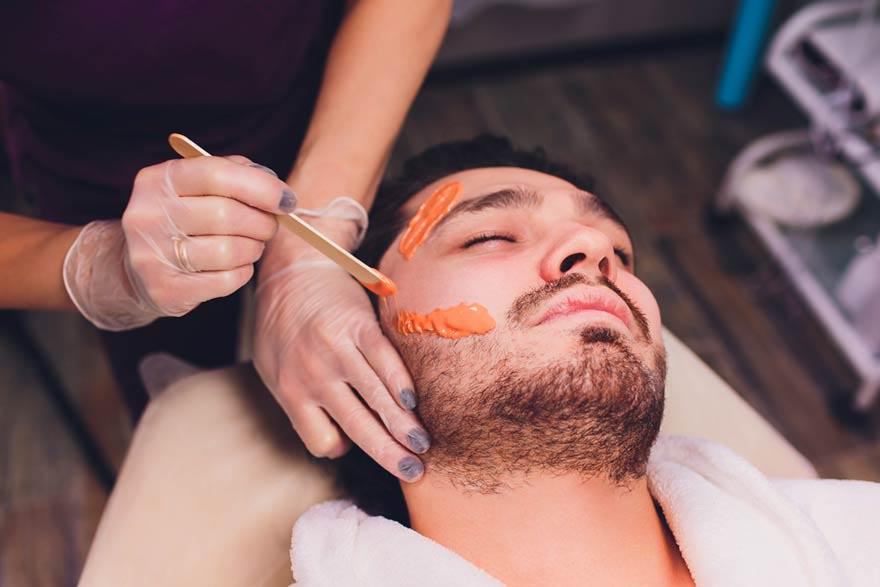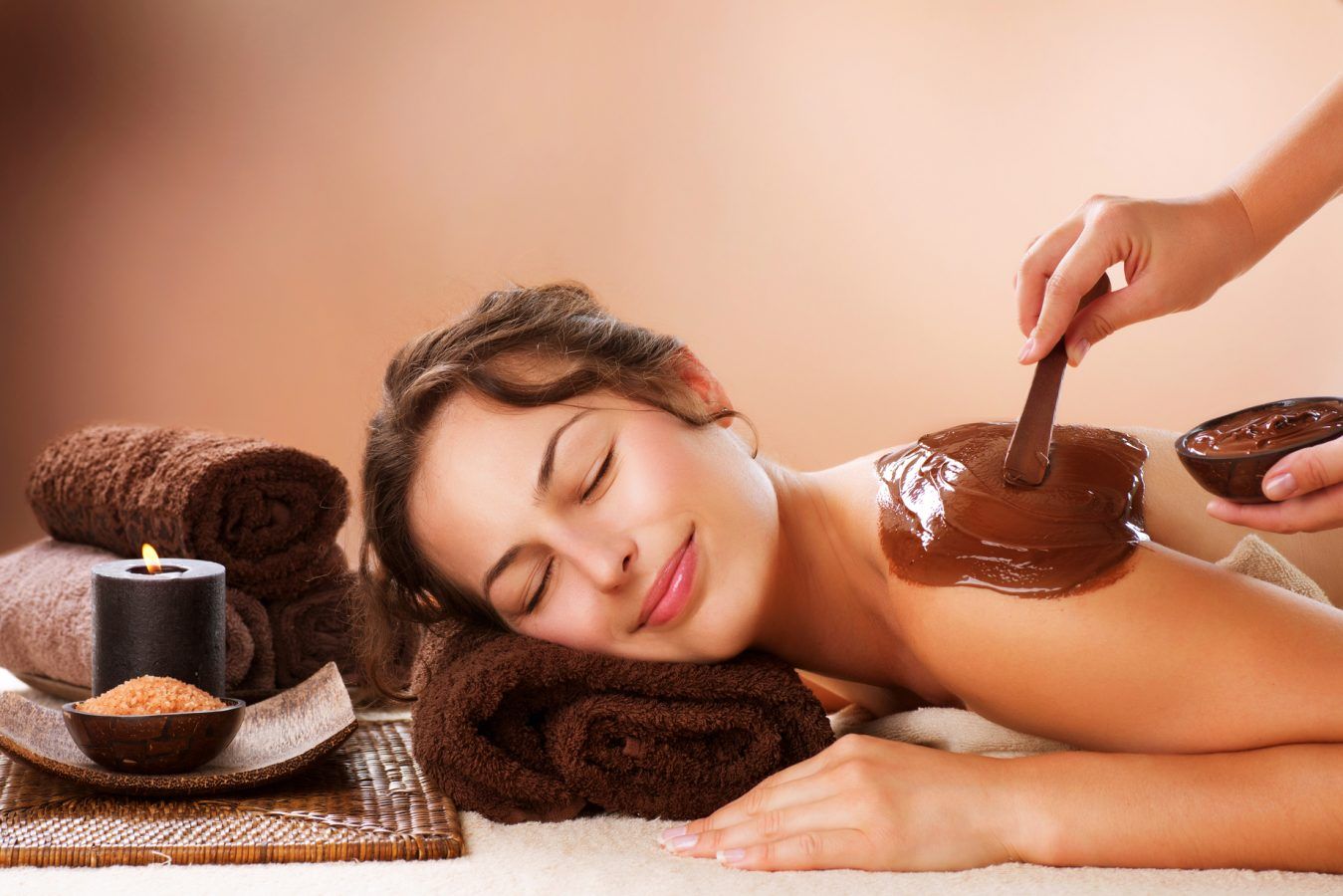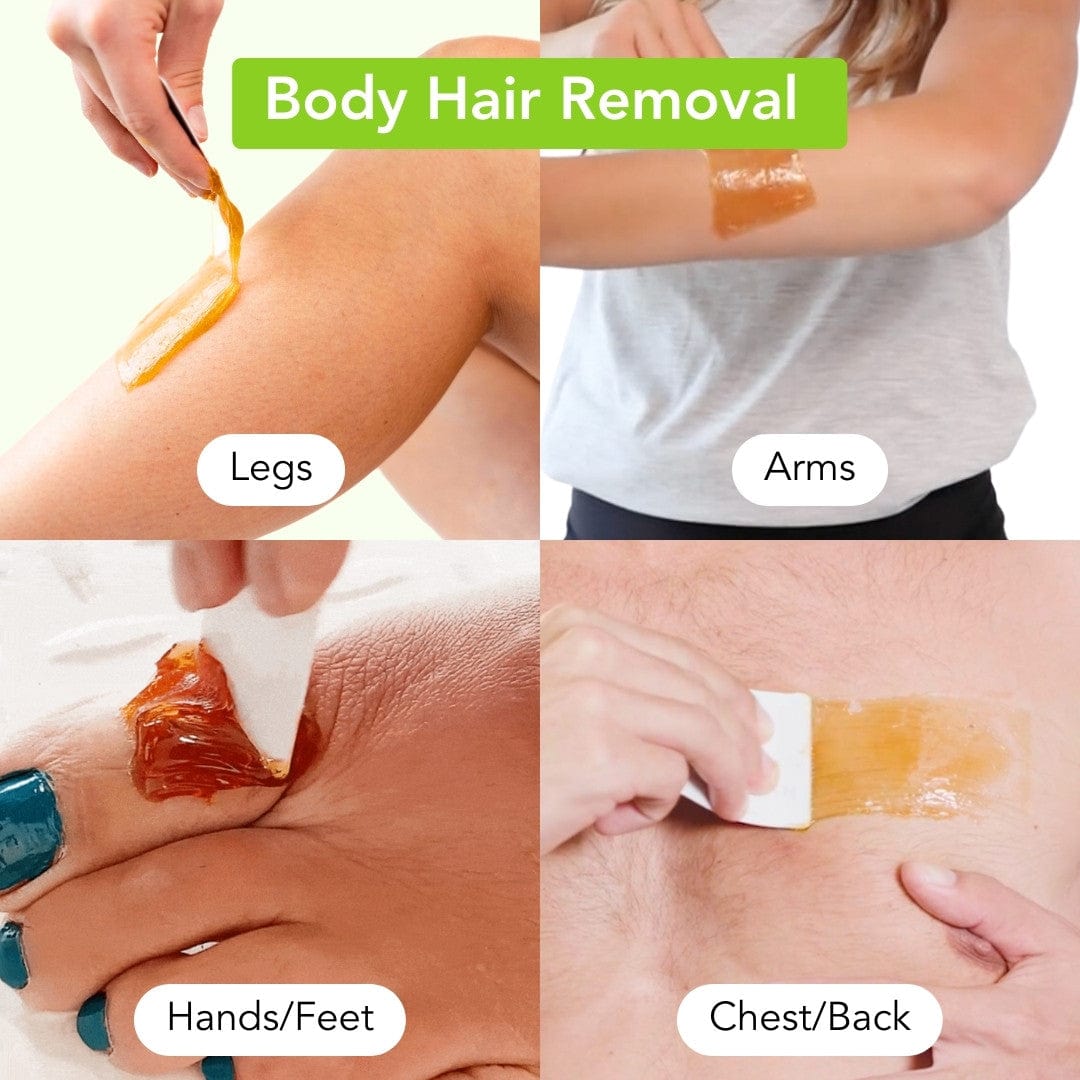Budget-friendly Waxing Plans: Look Your Ideal
Budget-friendly Waxing Plans: Look Your Ideal
Blog Article
Mastering the Art of Waxing: Crucial Tips for a Pain-free Hair Removal Experience
In the realm of individual grooming, grasping the art of waxing is an ability that can significantly enhance one's hair elimination experience. The process of shaving, though efficient in achieving smooth skin, can usually be connected with pain and discomfort if not carried out correctly. By understanding and applying necessary pointers, individuals can navigate this hair elimination method effortlessly and minimal pain. From pre-waxing preparation to picking the ideal wax and understanding proper shaving techniques, the trip to a pain-free waxing experience is led with understanding and know-how.
Pre-Waxing Preparation
Prior to undertaking a waxing session, it is necessary to correctly prepare your skin to reduce pain and achieve optimum hair removal results. Prevent moisturizing on the day of your waxing session as it can produce a barrier in between the wax and your hair, leading to less successful results.
Moreover, it is critical to cleanse your skin thoroughly before waxing to get rid of any oils, lotions, or dust that might disrupt the wax's capability to grasp the hair. This step not only enhances the effectiveness of the waxing process yet additionally helps in reducing the risk of post-waxing outbreaks - Laser Hair Removal. By complying with these pre-waxing preparation actions, you can make certain a smoother and more comfortable hair removal experience

Selecting the Right Wax
Picking the suitable sort of wax is vital for making sure a comfortable and successful hair elimination procedure. There are a number of types of waxes available, each satisfying various skin types and hair appearances. The two primary classifications of wax are difficult wax and soft wax. Difficult wax appropriates for delicate areas like the face, underarms, and bikini line as it adheres only to the hair, making it much less unpleasant for these fragile locations. On the various other hand, soft wax is ideal for bigger areas like legs and arms as it is used thinly and removed with cloth strips.
When choosing a wax, consider your skin level of sensitivity, hair density, and the location you prepare to wax. Coarse hair might call for a wax specifically developed for strong hair elimination.
Correct Waxing Strategy
To begin, it is important to cleanse the skin completely before applying the wax. Furthermore, always guarantee that the wax is heated to the proper temperature to prevent burns or inefficient hair removal. Using the wax in the direction of hair growth and eliminating it against the hair development helps to guarantee that the hair is pulled from the origin, resulting in smoother and longer-lasting outcomes.
Additionally, utilizing tiny areas of wax at a time and pushing securely on the wax strip prior to removal can assist boost the effectiveness of the procedure. Last but not least, bear in mind to use mild stress on the skin after waxing to decrease and calm any discomfort inflammation. By following these appropriate shaving methods, you can accomplish an extra pleasurable and effective hair elimination experience.
Aftercare Tips

In addition, it's suggested to avoid activities that might trigger extreme sweating, such as extreme workouts, instantly after waxing to stop additional inflammation. If any kind of inflammation or bumps persist after waxing, using a cold compress learn this here now or aloe vera gel can aid reduce swelling - Laser Hair Removal. Following these aftercare suggestions carefully can make sure a effective and comfortable waxing experience with long-lasting outcomes

Troubleshooting Common Issues
Addressing usual issues that may arise during the waxing procedure is essential to ensuring a effective and smooth hair elimination experience. One typical issue is skin inflammation, which can occur as a result of sensitive skin or inappropriate shaving techniques. To relieve this, utilizing a soothing cream including aloe vera or chamomile post-waxing can help soothe the skin. Another concern is in-grown hairs, where hair curls back or grows laterally into the skin after waxing. Normal peeling with a mild scrub can protect against ingrown hairs by getting rid of dead skin cells and allowing hair to expand freely. Furthermore, if you experience wounding or redness after waxing, applying a cold compress can minimize swelling and calm the skin. Finally, if you notice unequal hair elimination or patches of missed hair, take into consideration readjusting your shaving method or looking for specialist aid for even more intricate locations. By addressing these typical waxing problems proactively, you can improve the overall performance and comfort of your hair removal regimen.
Final Thought
In verdict, mastering the art of shaving needs correct prep work, picking the appropriate wax, utilizing the correct technique, and complying with aftercare pointers. With technique and focus to information, waxing can be an effective hair elimination method.
In addition, it is crucial to clean your skin completely before waxing to eliminate any kind of oils, creams, or dirt that could interfere with the wax's capability to grasp the hair. The 2 main classifications of wax are difficult wax and soft wax.When choosing a wax, consider your skin sensitivity, hair density, and the area you plan to wax.Furthermore, making use of small sections of wax at a time and pushing securely on the wax strip prior to removal can help boost the efficiency of the procedure. After waxing, useful link it's essential to maintain the waxed area complimentary and clean from toxic irritants.
Report this page